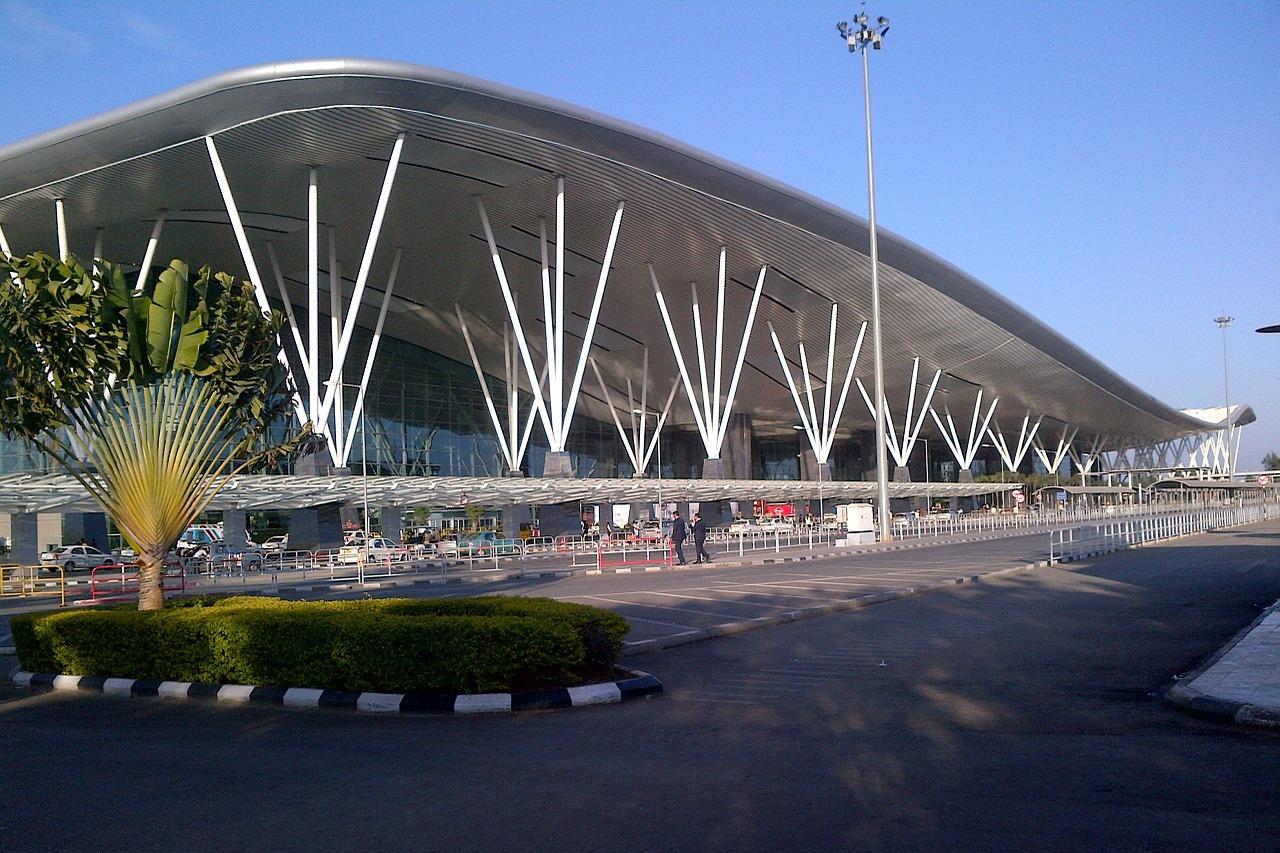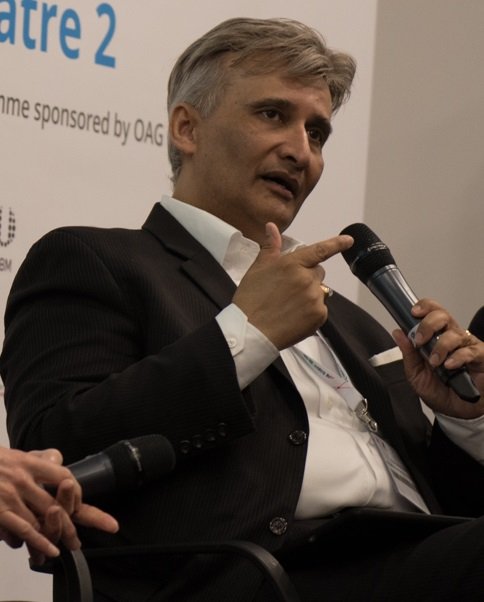
 What are the main issues and opportunities facing Bangalore International Airport?
What are the main issues and opportunities facing Bangalore International Airport?
Bengaluru attracts large amounts of investment in the fields of IT, machinery, business-process outsourcing, biotech, medical tourism and educational institutions. Thanks to its location, the airport has seen phenomenal growth over the past few years.
A growth of 20 percent year-on-year makes us not only India’s third-largest and south India’s busiest, but the fastest growing airport globally. This growth drives the need for new routes and additional expansion. Domestically, passenger traffic is surging ahead of international traffic and we are looking to increase global connectivity.
Bangalore International Airport Limited (BIAL) is working toward achieving this growth through various means. While engaging with the state government on the one hand, BIAL is implementing key changes to existing air service agreements to make it easier new routes to succeed. The introduction of digitally advanced services and products at the airport has made things easier for airlines.
However, in order to ensure we can accommodate the growth we need to ensure Bangalore gets the infrastructure. Capacity constraints continue to remain one of the main challenges in ensuring a smooth travel experience for our travellers. Until the second terminal at the airport is operational in 2021, we will introduce new digital initiatives to help customers. Terminal 2 will open in a phased manner and once fully up and running will have the capacity for 65 million passengers annually.
What are the key targets for Route development for 2018?
Air travel is largely dependent on the macro-economic factors of a country. Given the prevailing economic environment¸ we are very optimistic about domestic growth. In addition, the increased focus on regional traffic will propel growth in more remote secondary and tertiary cities.
Further afield, 2017 has also brought significant development in the growth of Bangalore airport’s international network plan where we are targeting between seven and eight global markets. Our aim is to get connectivity to these destinations over the next three to four years as we aim to enhance our network connectivity into east and north-east Asia. Towards the west, we will look at connecting to key markets in Africa.
The identified markets have shown positive growth over the last year and a detailed study of these routes look very promising. While there may be a few challenges, we are very optimistic about tapping these markets as we seek to make the airport a gateway to the region.
What are the best and worst parts of your job?
I find being part of this fast-moving industry dynamic, volatile and extremely exciting. Over the past decade, the Indian aviation sector has matured and we have seen key policies that should bring about the necessary boost for growth to make us one of the best aviation markets globally. However, as we continue to grow, the challenge for us as an airport is to ensure we continue to stay grounded in our core values while delivering more customercentric and imaginative services.
We will achieve this while building on the government’s ambition to make India a global hub. The airport is growing rapidly, and this has translated into a number of exciting initiatives and projects which has required all of us to take a look at our core business in a fresh and unconventional manner.
